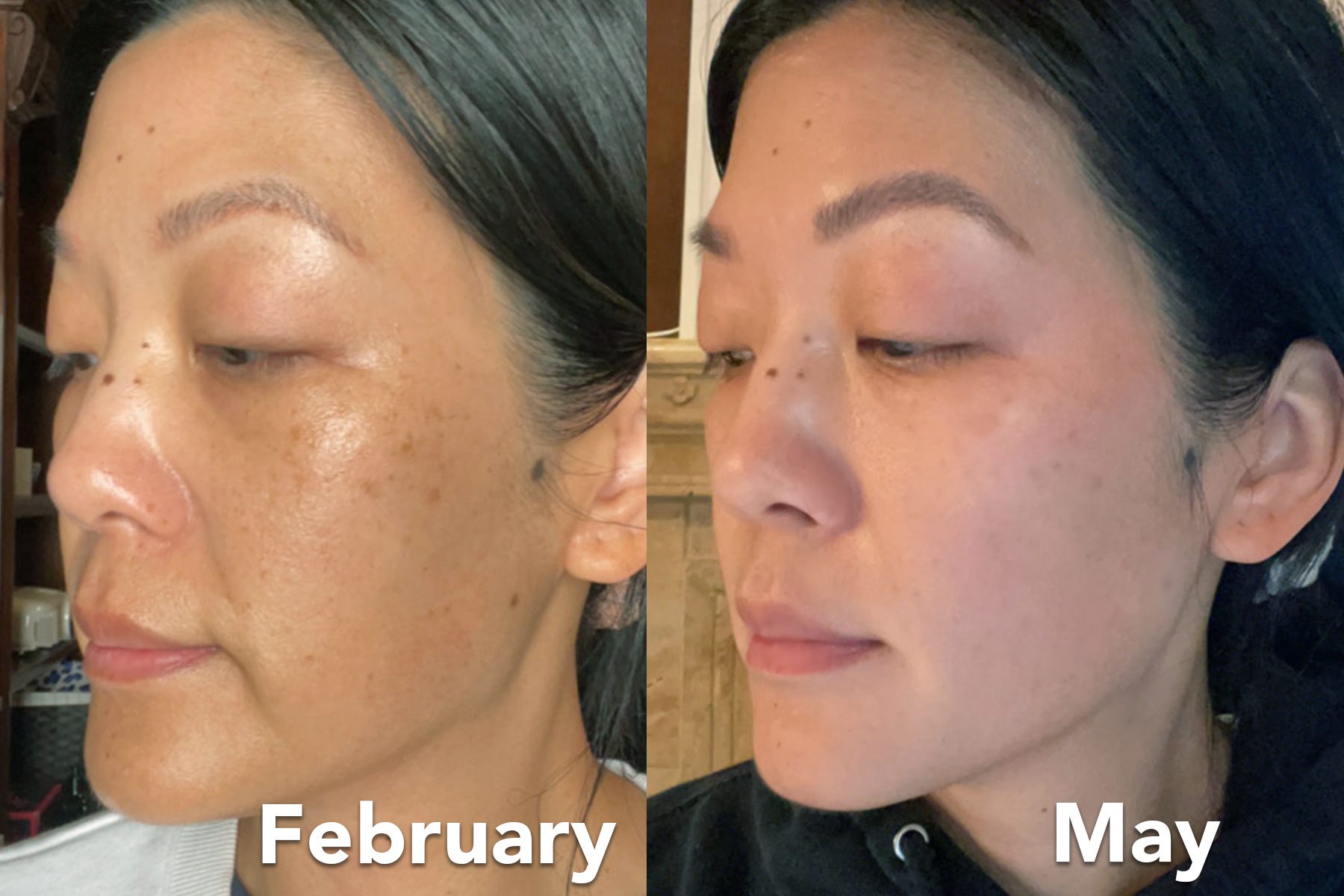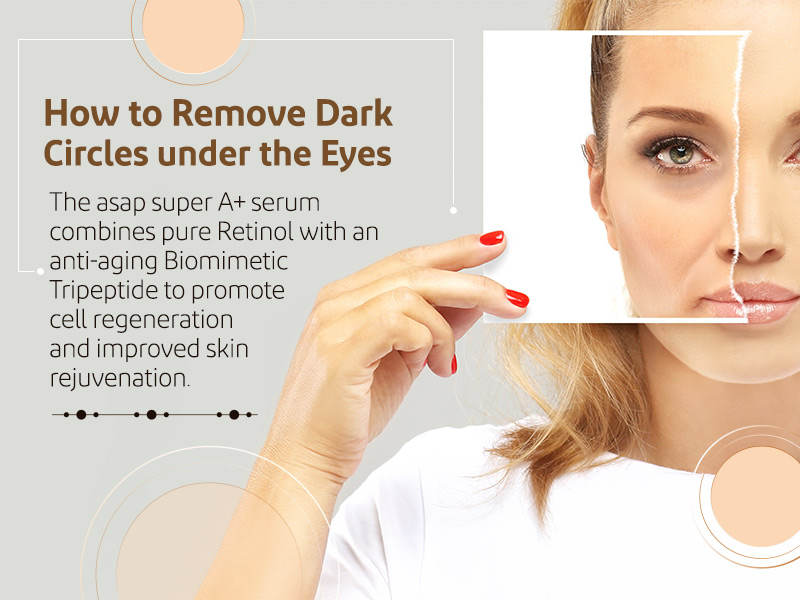The Science of Layering: How to Build a Skincare Routine with Face Serums for Maximum Pigmentation Reduction

If you’ve ever wondered why your skincare routine isn’t delivering the results you want, the answer might lie in how you’re layering your products. When it comes to treating dark spots and pigmentation, the right combination—and order—of face serums and other products can make all the difference. Welcome to the science of layering, where a strategic approach can unlock your skin’s brightest potential.
Understanding the Basics of Layering
Layering is the process of applying skincare products in a specific order to maximize their effectiveness. Each product is designed to deliver certain benefits, and applying them in the right sequence ensures that your skin absorbs the actives efficiently. When it comes to pigmentation, this approach can help you target multiple pathways at once, accelerating your results.
Why Layering Matters for Pigmentation
Dark spots and pigmentation are complex issues caused by a variety of factors, including sun exposure, hormonal changes, and inflammation. Addressing these concerns often requires a multi-pronged approach. By layering different serums, you can combine the strengths of various ingredients, tackling pigmentation from all angles.
The Ideal Layering Routine
Let’s break down a step-by-step routine for using face serums to reduce dark spots and pigmentation:
1. Start with a Clean Canvas
Begin by cleansing your face with a gentle, non-stripping cleanser. Clean skin allows serums to penetrate more deeply and work more effectively.
2. Apply a Hydrating Toner or Essence
A lightweight toner or essence preps your skin, providing hydration and improving absorption of subsequent products. Look for formulas with soothing ingredients like rose water or hyaluronic acid.
3. Target with a Brightening Serum
This is where you introduce your first active serum. Ingredients like vitamin C, alpha arbutin, or licorice root extract are excellent for targeting pigmentation. Apply a few drops and gently pat it into your skin.
4. Layer a Secondary Treatment Serum
Next, apply a serum that complements your first. For example, niacinamide can be layered with vitamin C or alpha arbutin to boost brightening effects and reduce inflammation. Tranexamic acid is another excellent option for stubborn dark spots.
5. Lock in Moisture
Follow up with a lightweight moisturizer to seal in the serums and provide lasting hydration. This step is crucial to prevent water loss and maintain a healthy skin barrier.
6. Always Finish with Sunscreen (AM Routine)
No pigmentation routine is complete without broad-spectrum sunscreen. UV exposure can worsen dark spots and undo all your hard work. Make SPF a non-negotiable part of your morning routine.
Tips for Effective Layering
Thin to Thick: Apply products from the thinnest to the thickest consistency. This ensures each layer is properly absorbed.
Wait Between Layers: Give each product a minute or two to absorb before applying the next. This prevents pilling and maximizes effectiveness.
Don’t Overdo It: More isn’t always better. Stick to two or three targeted serums to avoid overwhelming your skin.
Patch Test New Products: When introducing new actives, patch test to avoid irritation or allergic reactions.
Common Ingredient Combinations (and What to Avoid)
Some ingredients work beautifully together, while others can cause irritation. Here are some combinations to try—and some to skip:
Try: Vitamin C + Niacinamide
This duo brightens skin and reduces inflammation without irritation.
Try: Tranexamic Acid + Alpha Arbutin
Both target melanin production for a powerful pigmentation-fighting combo.
Avoid: Vitamin C + Strong Acids (like AHAs/BHAs)
This can cause irritation and reduce the effectiveness of vitamin C.
Avoid: Retinol + Vitamin C (in the same routine)
These potent actives can be too harsh together; use one in the morning and the other at night.
Mistakes to Avoid
Skipping Sunscreen: Even the best serums can’t protect you from new pigmentation caused by UV rays.
Inconsistent Use: Results require consistency. Stick to your routine for at least 4-6 weeks before expecting visible changes.
Ignoring Your Skin’s Response: If you notice redness, stinging, or increased sensitivity, scale back and let your skin recover.
Customizing Your Routine for Your Skin Type
Oily Skin: Choose lightweight, non-comedogenic serums and moisturizers. Niacinamide is especially beneficial for oil control.
Dry Skin: Look for hydrating serums with hyaluronic acid and soothing ingredients. Avoid harsh exfoliants.
Sensitive Skin: Stick to gentle actives like alpha arbutin and licorice root extract. Introduce new ingredients slowly.
Real Results: What to Expect
With a well-structured routine and patience, most people see a noticeable improvement in dark spots and pigmentation within two months. Remember, everyone’s skin is unique, and results may vary. The key is to stay consistent and adjust your routine based on your skin’s needs.
The Power of a Personalized Approach
There’s no one-size-fits-all solution when it comes to skincare. The beauty of layering is that it allows you to tailor your routine to your specific concerns and preferences. Whether you’re dealing with sun spots, post-acne marks, or melasma, the right combination of serums can help you achieve your goals.
Finally
Mastering the art of layering isn’t just about following trends—it’s about understanding your skin and giving it the targeted care it deserves. By thoughtfully combining face serums and supporting products, you can tackle pigmentation from every angle and reveal a brighter, more even complexion.
Face Serum For Dark Spots And Pigmentation can be a game-changer when used as part of a strategic, layered routine. Embrace the science, listen to your skin, and enjoy the journey to your healthiest, most radiant self!
Note: IndiBlogHub features both user-submitted and editorial content. We do not verify third-party contributions. Read our Disclaimer and Privacy Policyfor details.







